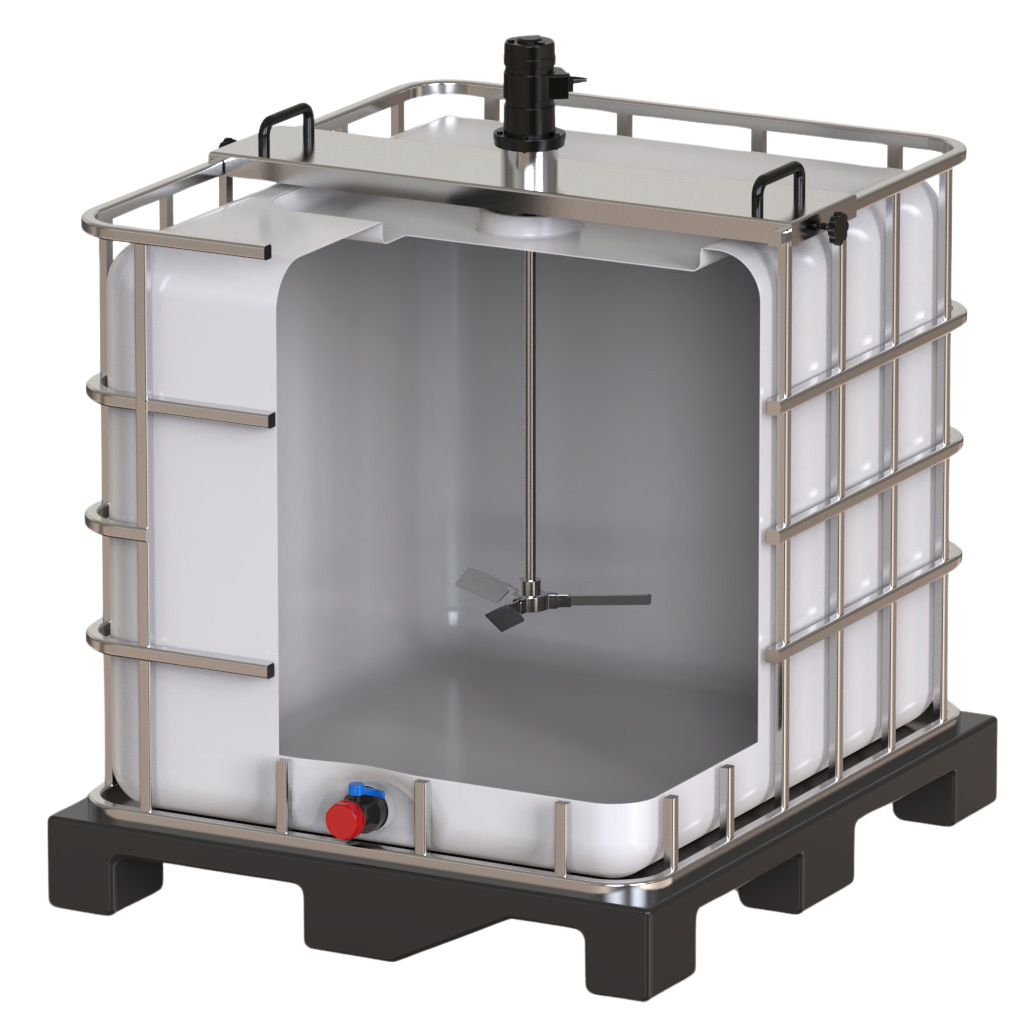When we talk about paints and coatings, we’re dealing with a much broader topic than it might seem at first glance. Most people immediately think of color, finish, or the visual effect they want to achieve on a wall, a piece of furniture, or a metal structure. But behind every coating product lies a whole world of chemistry, technique, function, and—above all—conscious choice.
This article is meant to guide you through that world without getting overly technical. It offers practical, understandable insights, whether you’re a professional, a DIY enthusiast, or simply someone curious to learn more. What follows is a solid starting point for anyone.
Paint or varnish? a simple but important distinction
Without diving into textbook definitions, we can say this: paint is a product that covers a surface with color. It’s opaque, designed to be seen, and to hide what’s underneath. Varnish, on the other hand, is transparent. It protects, enhances, polishes, but doesn’t conceal. These two often work together—many paints are protected with a final varnish layer.
This isn’t just a matter of words; it’s crucial to choosing the right product and getting the desired effect. Knowing when to use paint and when to use varnish can help avoid costly or disappointing results.
What’s in a can of paint?
Every coating product, whether it’s paint or varnish, is a careful blend of ingredients. The main component is the binder or resin, which acts as the glue and forms the protective film. Then there are pigments (for color), fillers (to improve mechanical properties), solvents (to make the product easy to apply), and additives (to enhance durability, drying time, and other features).
Each ingredient serves a specific function. Even small changes in formulation can affect how well the product holds up to weather, how it behaves on wood versus metal, or how easily it goes on with a brush or sprayer.
Liquid paints and powder coatings: how they work and what they’re for
Liquid paints are the most common type. They come in cans, are applied with brushes, rollers or sprayers, and dry in the air. They can be water-based or solvent-based. Water-based options are more eco-friendly, less smelly, and easier to use indoors. Solvent-based paints are tougher and better suited for outdoor or industrial environments.
Powder coatings are completely different. They’re applied dry using electrostatic sprayers and then baked in an oven. This method is mainly used in industry when a tough, even finish is needed. It’s not a DIY solution, but it’s worth knowing about—especially when understanding why some painted surfaces seem to last forever.
Transparent varnishes: protecting without hiding
 Some surfaces are just too beautiful to cover. Think of natural wood, brushed aluminum, or decorative plaster. In these cases, a transparent varnish is the best option. It protects from scratches, moisture, and UV rays without hiding the material beneath. Varnishes can be glossy, satin, or completely matte.
Some surfaces are just too beautiful to cover. Think of natural wood, brushed aluminum, or decorative plaster. In these cases, a transparent varnish is the best option. It protects from scratches, moisture, and UV rays without hiding the material beneath. Varnishes can be glossy, satin, or completely matte.
Choosing a good transparent varnish means preserving the original beauty of a surface. Think of hardwood floors, solid wood doors, or stylish design finishes—these are all great candidates for a transparent protective coat.
What if you need something more than just looks?
Not every surface only needs to look good. Some coatings are designed for specific technical purposes. There are anti-corrosion primers for steel, intumescent paints that swell when exposed to fire, antibacterial finishes for hospitals and food industries, and even anti-slip coatings for industrial or sports flooring.
You won’t usually find these in supermarkets, but they’re easy to locate in specialist stores. These products often require careful handling and exact application, so it’s important to follow the instructions closely.
How to choose the right product without falling for marketing
One common mistake is choosing paint based solely on the color or brand. But the key questions should be: where will it be applied? Is it an outdoor wall exposed to rain and sun? A radiator that heats up? A piece of raw wood?
Each surface needs its own treatment. Preparation is also vital: applying paint without sanding or priming is like building on quicksand. Timing matters too. Every layer needs proper drying time before the next one. Rushing leads to bad results.
Final thoughts: a small world worth knowing well
Choosing and applying paint or varnish doesn’t have to be hard, but it does require attention. Small efforts in learning and preparation can turn a mediocre job into one that lasts and brings real satisfaction.
You don’t need professional tools or a technical degree. Just a bit of curiosity, the willingness to learn, and a patient hand. In return, you get work you can be proud of—something that looks good and holds up over time.
And next time you pick up a brush, you’ll know exactly what you’re doing—and why it matters.



